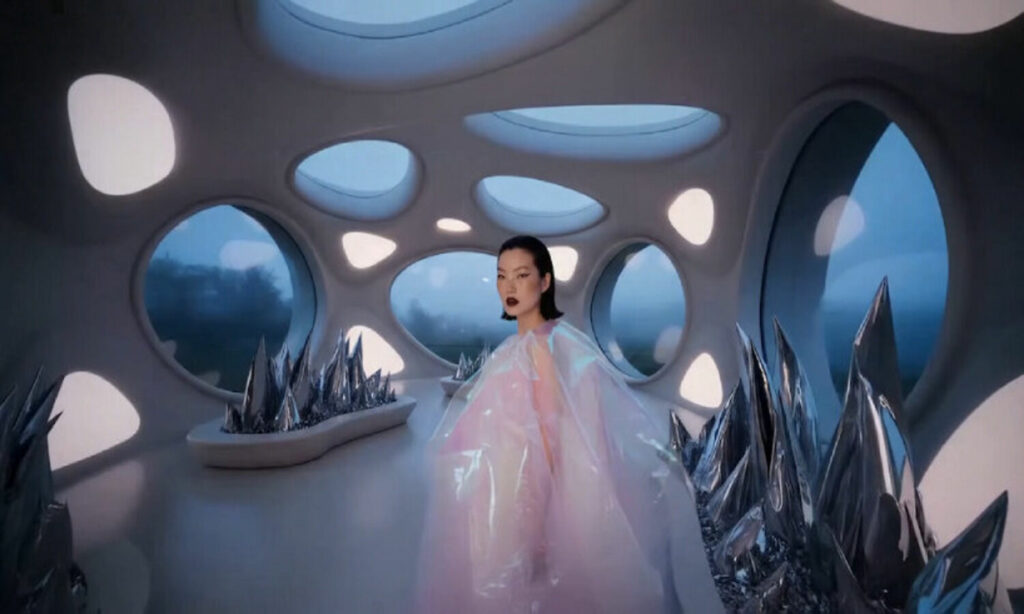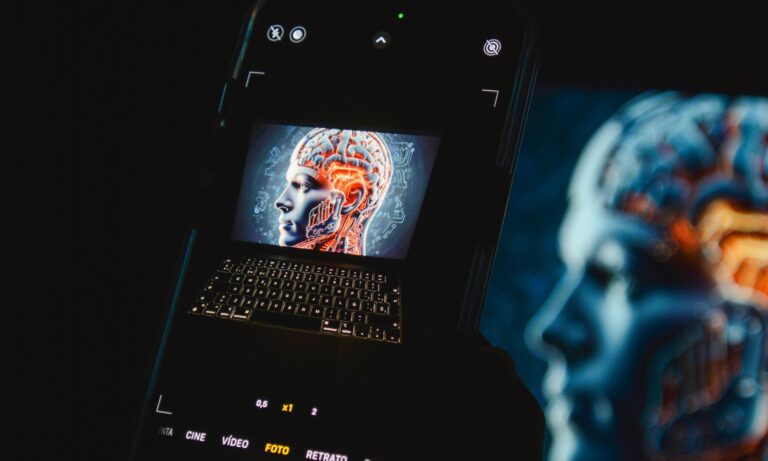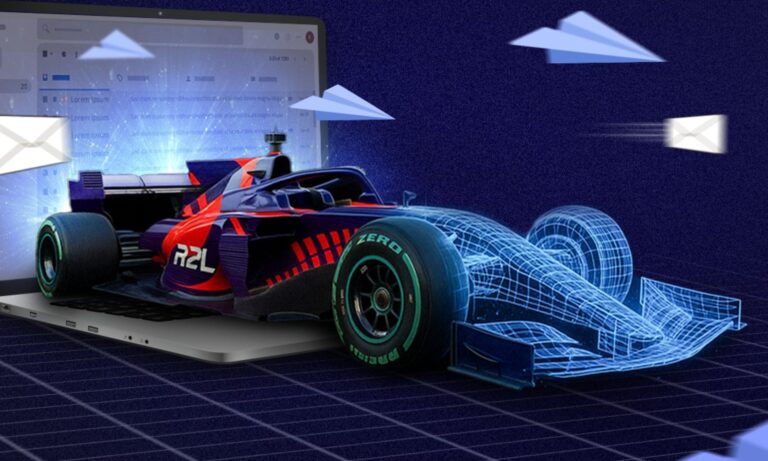While scrolling through social media, we landed on a post on Reddit that posed the question: “What is something going on in the world right now that feels straight out of a Black Mirror episode?” “AI with the ability to generate hyper-realistic videos with audio,” read the top-liked comment.
For the past couple of years, AI has been gradually yet increasingly penetrating our digital lives. From ChatGPT as our trusted, (almost) indispensable virtual assistant to AI-generated animations or “brain rot,” as it has been dubbed gathering millions of eyeballs on social media, AI or the products therof are inescapable. Until recently, it was still fairly easy to tell AI-generated content apart from the real thing, but that line just got obliterated.
On May 20, at the Google I/O 2025 event, the tech giant dropped a bombshell: Veo 3. A jaw-dropping AI video generation model that allows users to produce photorealistic 8-second clips with sound, dialogue, and cinematic finesse using a simple text prompt.
What makes the Google Veo 3 so groundbreaking isn’t just its realism, but its range. This model can generate videos that look like they were shot on a professional set, complete with ambient noise, voiceovers, sound effects, and consistent characters. It even lets users adjust camera angles and movements, adding layers of polish that elevate amateur prompts into short-film quality productions. For the first time, the videos showing up on your feed might look exactly like real life, and there’s a solid chance they aren’t.
Already integrated into Google’s Gemini chatbot and the AI filmmaking platform Flow, Veo 3 is available for those on Google’s paid AI plans. It’s being pushed as a creative tool, and there’s no doubt it’s game-changing for artists, content creators, and indie filmmakers. Early adopters have been using it to produce experimental short films, with results that are sparking both admiration and anxiety across the internet.
Google Veo 3 realism just broke the Internet yesterday.
— Min Choi (@minchoi) May 22, 2025
This is 100% AI
10 wild examples:
1. Street interview that never happened pic.twitter.com/qdxZVhOO3G
At first glance, Veo 3 feels like a filmmaker’s dream. Imagine slashing production budgets, skipping location scouting, and creating blockbuster-quality footage without cameras, actors, or crew. Combine that with Flow—Google’s AI-native production tool—and you’ve got a full studio in your browser. Short films, commercial spots, even stylized vignettes—everything looks polished, cinematic, and eerily human. Veo 3’s realism has effectively vaporized the line between authentic footage and generated content. Today, fake videos are hard to spot. A year from now, they’ll be undetectable.
The technological prowess of Veo 3—combining sophisticated visuals, convincing dialogue, and intricate soundscapes—is undeniably impressive. From an artistic perspective, Veo 3 democratizes creativity, lowering barriers for independent creatives and revolutionizing how narratives can be constructed. But at what cost?
With every groundbreaking leap, there’s a flip side: misinformation and manipulation. AI-generated deepfakes, once clumsy and easily spotted, have evolved into frighteningly believable fabrications. And in a world already teetering under the weight of misinformation, this kind of realism could accelerate distrust in everything from journalism to public discourse. When any voice, face, or event can be convincingly faked, how do we protect the integrity of information? Imagine the chaos unleashed when anyone, from internet pranksters to political agitators, can create compellingly realistic content to spread falsehoods or distort public perception. Veo 3’s capabilities might soon amplify the misinformation epidemic already plaguing social media, complicating truth detection beyond the skills of average users.
Digital watermarks and provenance tools introduced by Google, while commendable, are only part of the solution. They are vulnerable to removal or circumvention by determined scammers. Even with visible safeguards, most casual viewers are unlikely to verify authenticity meticulously, especially when quickly scrolling through feeds flooded with sensational content.
It’s clear we are moving into an era where questioning everything seen online becomes a necessary practice. Veo 3 has indeed ushered us into a future that once seemed distant and hypothetical. Now that it’s here, we must navigate it carefully, mindful of the potential repercussions.
ALSO READ: ETERNALLY ICONIC: BVLGARI’S LEGACY GETS A BOLD NEW SPIN.




